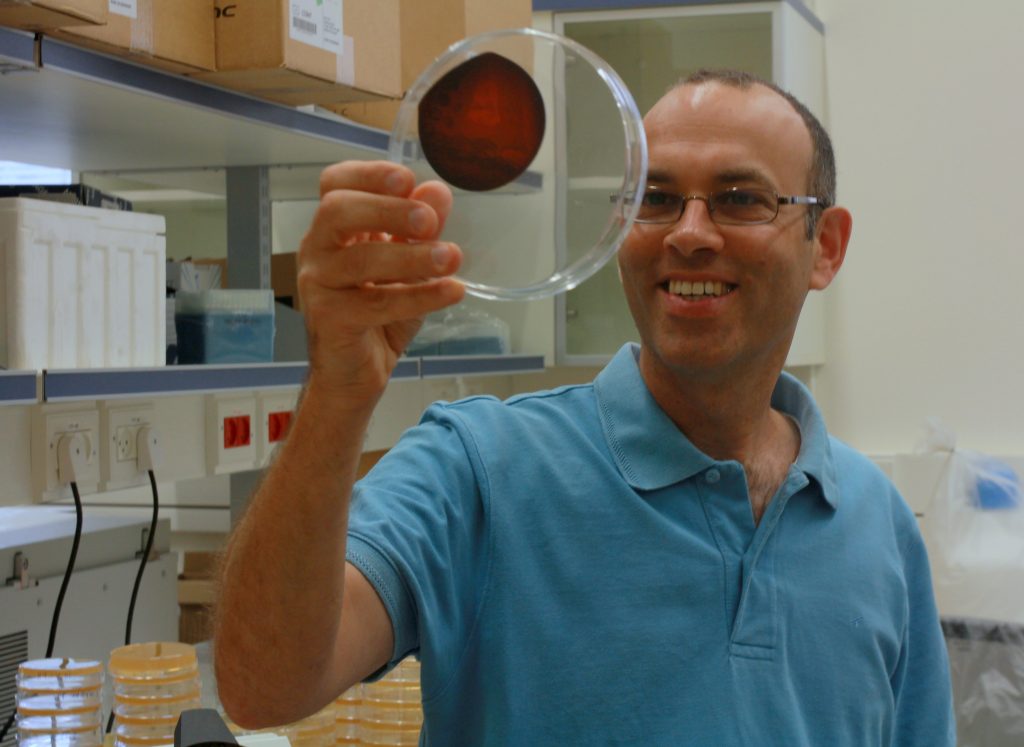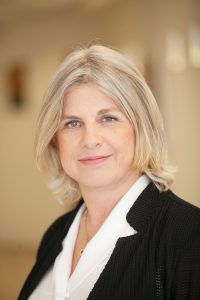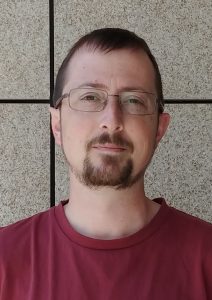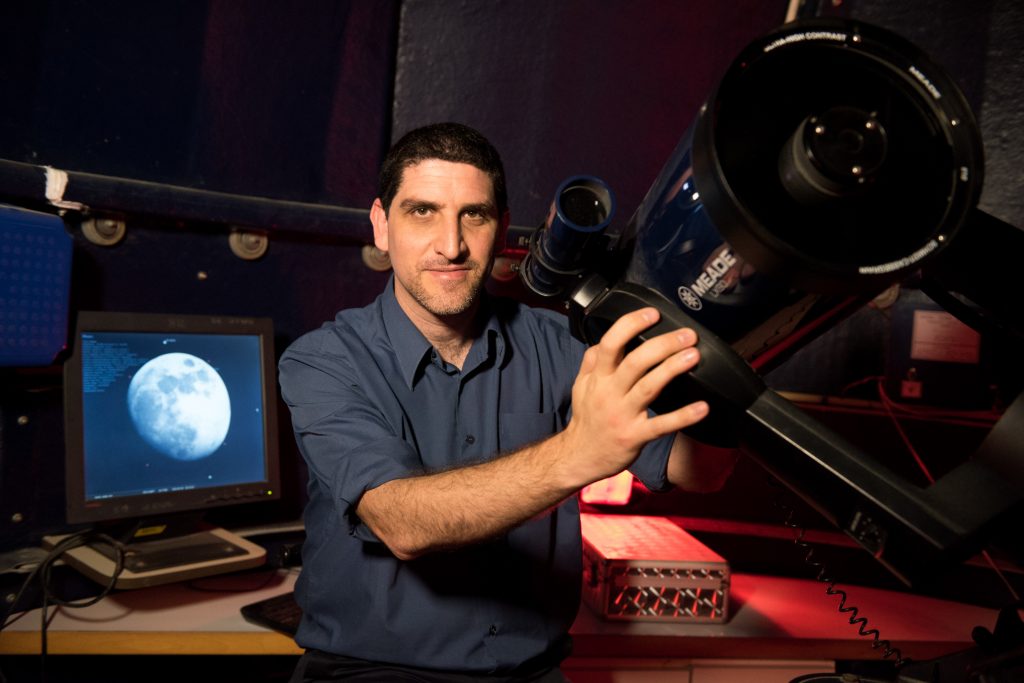Design Meets Technology in the First Design-Tech International Conference at the Technion, Israel
“Design-Tech 2019”, the first International Design and Technology Conference hosted at Technion Israel, took place on 18-19 June 2019. The conference attracted over 150 participants and showcased over 40 featured presentations of innovative projects by designers and researchers.
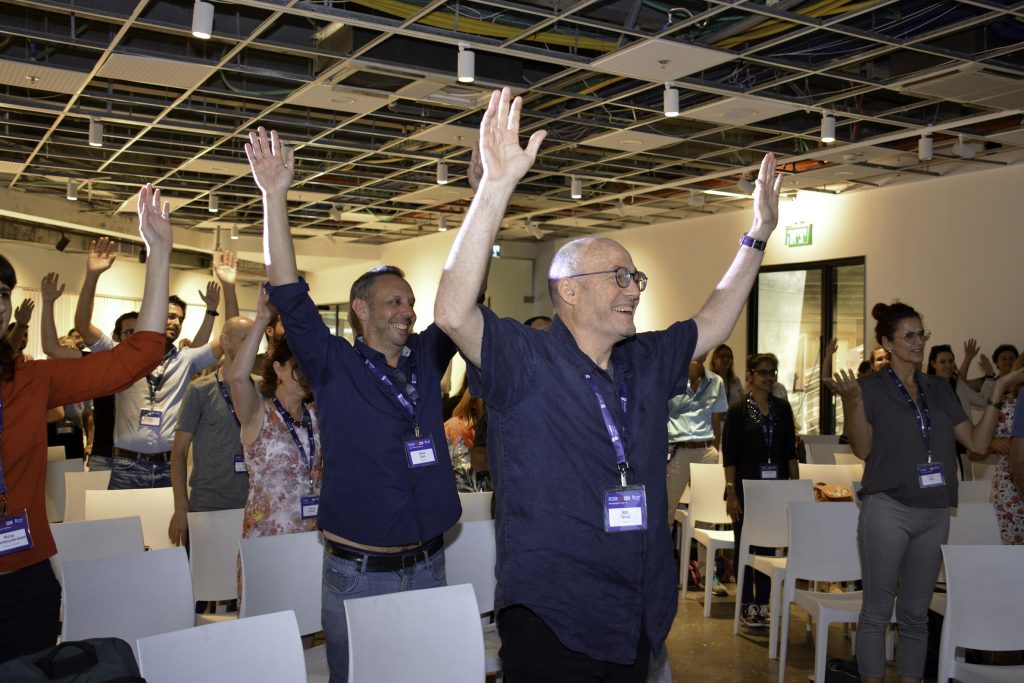
The 2-day gathering was an inspiring, diverse and interesting platform for sharing ideas, knowledge, and questions to improve and deepen the understanding of the links between design and technology in the present era.
The conference was initiated by Prof. Ezri Tarazi, Head of the Industrial Design Graduate Program at the Faculty of Architecture and Town Planning In his opening words, Prof. Tarazi spoke of the meeting point of design and technology: “We urgently need to move fast towards humane-centered design and nature-centered design. We need to shift quickly our minds, awareness, values, and goals,” he said.
Keynote Speakers were Prof. Dr. Gesche Joost, from the Design Research Lab at the Berlin University of the Arts – who spoke of “Civic Design for an Inclusive Digital Society”; and Prof. Kalevi “Eetu” Ekman from Aalto Design Factory, Finland, who shared his thoughts on “Passion based Learning”.
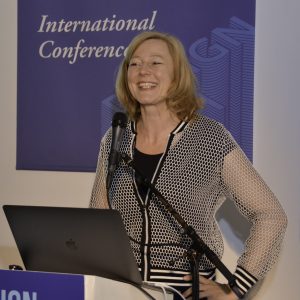
Prof. Barry Katz, from the California College of the Arts and the Stanford University Design Group said that: “the last 10 years have seen deeper and more far-ranging changes than any previous decade in human history”. The keynote speaker then posed the question: Do the theories and methods that designers have applied so successfully in the past provide give a reliable guide to the future?”
The conference attracted leading Israeli designers and researchers, such as Tamar Yehezkel, Yaniv Glozman, Michal Greenberg Abrahami, Tami Warshavski, Safi Hefetz, Merav Perez, Arielle Blonder, Shira Shoval, Romi Mikulinsky, Matan Zohar, Alon Shikar, Raz Elias, Liron Lavi Turkenich, Yonatan Assouline and Asaf Cohen.
Technion students and researchers presenting their work included: Ezra Ozery who got the audience on their feet with their hands in the air during his presentation on “The Gamification of Physical Therapy in Virtual Reality”; Alexander Geht, who presented his initiative “Anatomic Mass Customization and Assistive Technology”; Avishag Shemesh who shared her investigation of the question “How does Geometry of Space Affect our Emotions”; Ofer Berman spoke about 3D printing of “Digital Tabular Coral”; Offri Lotan presented “Re-Design the Modern Surfboard”; Dr. David Behar shared research with Ronen Eidelman on “Community Surveillance and Mass Surveillance”; and Tom Shaked presented his work on “Autonomous Robotic Stone Dressing”.
From overseas, the conference hosted Alessia Buffagni and Francesca Toso from Italy; Deepshikha from India; Denisa Reshef Kera from Spain; Philip Meier, Ute Hilgers-Yilmaz, Bianca Herlo, from Germany; and Isabella Molloy from New Zealand. Israeli Marine Zorea presented her Japanese research on “Sonic Mapping of Everyday Interactions at the Elderly Home”; and Indian Kartikeya Date presented his Israeli research on “Designing Archives in The Digital Age”.
Prof. Wendy Ju – a special guest from the Jacobs Technion Cornell Institute in New York City – gave a presentation on: “Addressing Cross-Cultural Differences in Design”.
Design Tech 2019 was managed by Valeria Geselev, produced by Meital Gotfrid and Limor Abas Or, and supported by The Firefly Scientists’ Foundation.
All the conference lectures were documented, and are to be shared on the Design-Tech YouTube Channel and Website designtech.net.technion.ac.il
Photography by Lauren Blumenthal.

